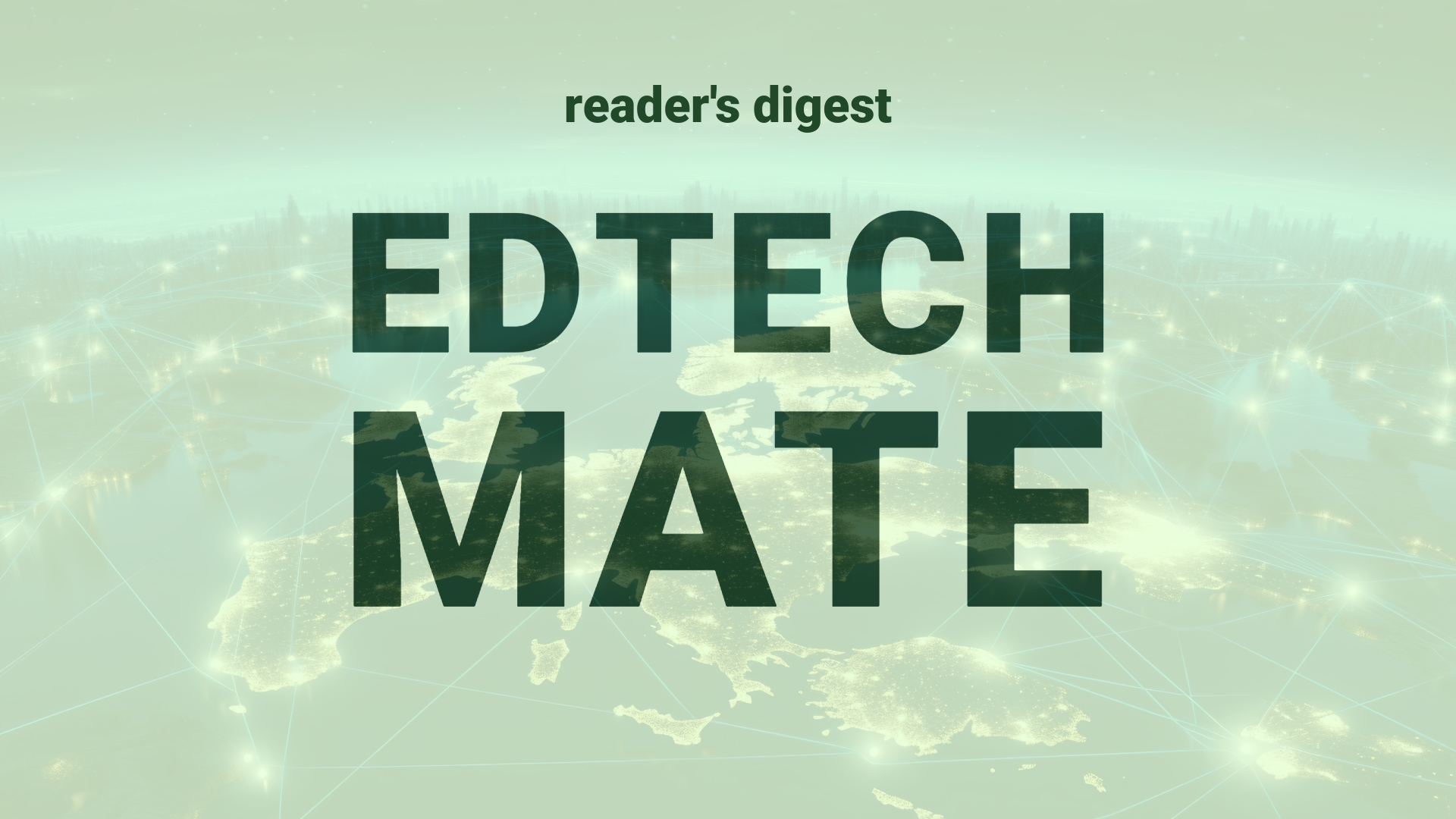Executive Summary and Main Points
The shift from a linear consumption model to a circular economy presents a transformative opportunity for global consumer industries. Circular business practices, rooted in reuse, recycling, and reducing waste, are not only environmentally sustainable but also open substantial economic opportunities, particularly in the higher education sector. The principles of a circular economy—enhancing natural capital, optimizing resource yields, and eliminating negative consequences—align with the trends of responsible, digitally enabled, and scalable educational practices. Significant growth in the consumer goods sector, driven by consumer demand and regulatory support, suggests a parallel trajectory for international education that values sustainability and innovation.
Potential Impact in the Education Sector
Further Education, Higher Education, and Micro-credential providers can leverage circular economy principles to re-evaluate resource utilization—both physical and digital. Strategic partnerships with tech companies can foster digitalization, yielding optimized resource management and collaborative learning environments. Circular methodologies in curriculum design can promote the efficient use of educational content, encourage re-engagement through alumni learning platforms, and fuel the growth of the micro-credentials market, aligning lifelong learning with continuous cycles of skills enhancement.
Potential Applicability in the Education Sector
Innovative applications of AI and digital tools in global education systems could lead to adaptive learning platforms that reuse educational resources intelligently, personalized learning experiences crafted from existing data, and creation of open educational resources. Digitized libraries and virtual laboratories can embody circularity by maximizing the utility of educational materials. Implementing circular models in technology refresh cycles within institutions can reduce e-waste and support sustainable growth.
Criticism and Potential Shortfalls
Enthusiasm for a circular economy in education must be tempered with a conscious understanding of the digital divide and the capacity of different global regions to adapt to such models. Ethical concerns about data privacy and the cultural implications of standardized digital educational resources necessitate sensitive adaptation. Comparative international case studies suggest discrepancies in implementation success, and there is a risk that the benefits of such a system may not be equitably distributed without careful planning and consideration of diverse educational contexts.
Actionable Recommendations
International education leadership should invest in scalable digital infrastructure that supports circular principles. Establishing partnerships with tech and recycling firms for device lifecycle management can aid in moving towards greener operations. Encouraging the development and use of open-source learning platforms and content can help share knowledge and reduce redundancy. Training and professional development should pivot towards upskilling educators in circular and digital pedagogies. Finally, higher education institutions must advocate for regulatory frameworks that incentivize the adoption of circular economy practices.
Source article: https://www.mckinsey.com/featured-insights/mckinsey-explainers/what-is-circularity

